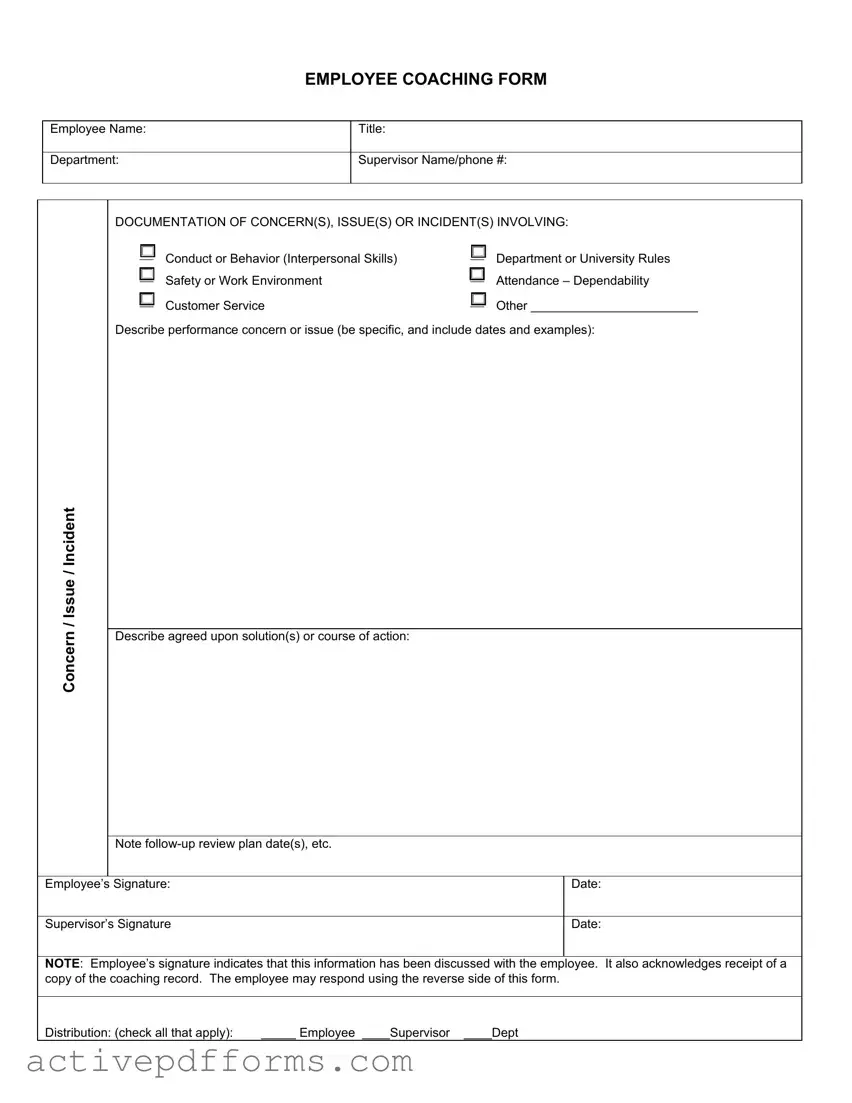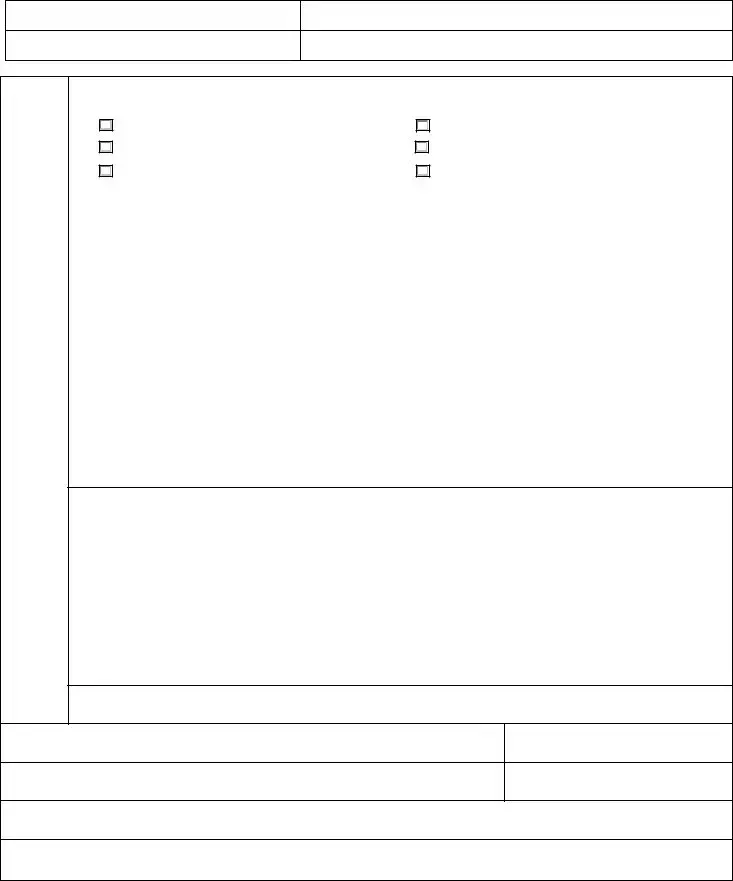Employee coaching forms are tools used within organizations to document concerns, issues, or incidents related to employee performance, conduct, or behavior. They aim to guide an employee's development through structured feedback and agreed-upon solutions. However, there are common misconceptions about these forms that can affect their effectiveness and the workplace environment. Here are six such misconceptions:
- Misconception 1: Signing the form is an admission of guilt.
Many employees believe that by signing an employee coaching form, they are admitting guilt to the issues or concerns raised within the document. However, the signature primarily indicates that the employee acknowledges the discussion and has received a copy of the coaching record. It does not necessarily mean agreement with the content but rather confirms awareness and receipt.
- Misconception 2: Employee coaching forms are only used for negative feedback.
While it’s common to associate these forms with negative feedback, their purpose extends beyond documenting issues or concerns. Properly used, employee coaching forms should also recognize accomplishments, strengths, and progress, aiming to support an employee's overall development and success within the organization.
- Misconception 3: The form is a precursor to termination.
Another widespread belief is that the completion of an employee coaching form is the first step towards termination. Although it can be part of a disciplinary process, the primary goal is to address and correct behavior or performance issues before they escalate. These forms are meant to be constructive rather than punitive, seeking to ensure both the employee's growth and the company's success.
- Misconception 4: Feedback is exclusively one-way.
There’s a misconception that employee coaching forms only allow for feedback from supervisor to employee. However, many forms provide space for employees to respond, make comments, or provide their perspective on the documented concerns. This feature encourages a two-way conversation, fostering a fair and collaborative environment.
- Misconception 5: The process is informal and doesn’t require follow-up.
Some might understate the importance of these forms, treating them as informal check-ins without the need for follow-up. On the contrary, a critical component of effective coaching is the establishment of a follow-up plan to review progress on the agreed-upon solutions or actions. This structured approach ensures accountability and supports continuous improvement and development.
- Misconception 6: The form replaces regular communication.
A final misconception is the belief that once an employee coaching form has been filled out and discussed, additional communication on the topic is unnecessary. Effective coaching and development rely on ongoing communication, regular updates, and continuous feedback. The form should be a supplement to, not a replacement for, regular and constructive dialogue between employees and supervisors.
Understanding these misconceptions is key to effectively using employee coaching forms as part of a comprehensive strategy to enhance employee performance and development. When used correctly, these forms can be a valuable tool for both the employee and the organization, fostering an atmosphere of continuous improvement and open communication.

